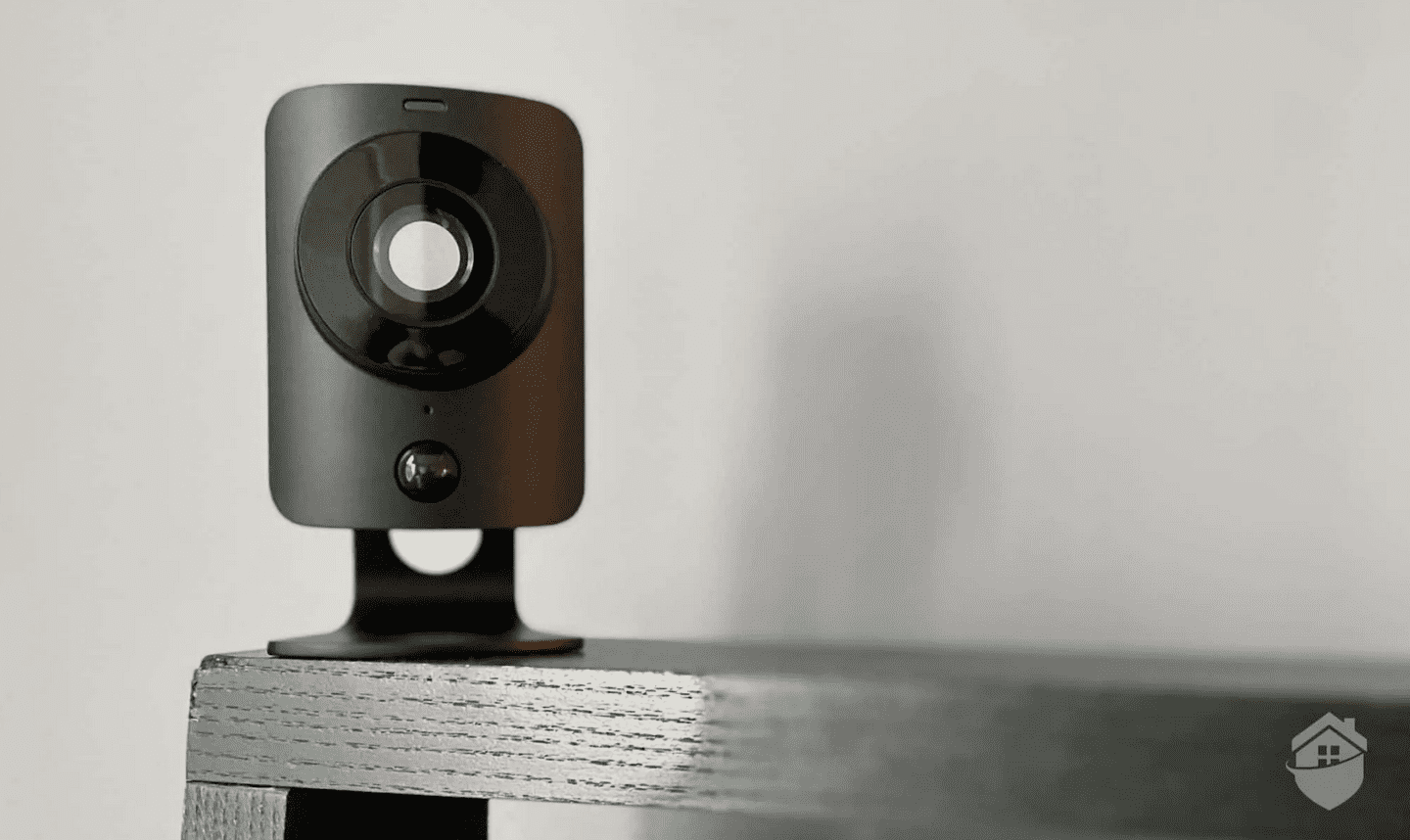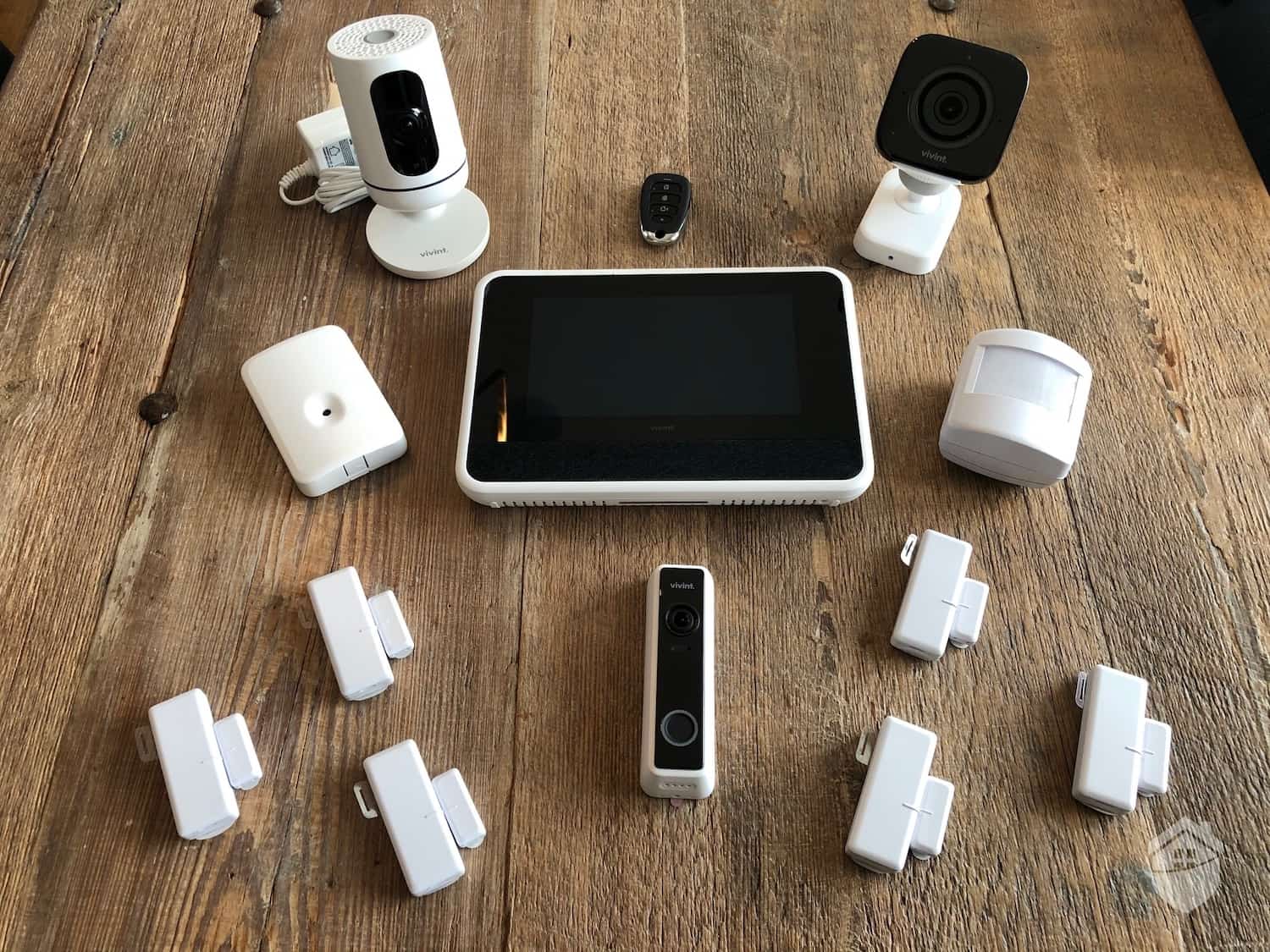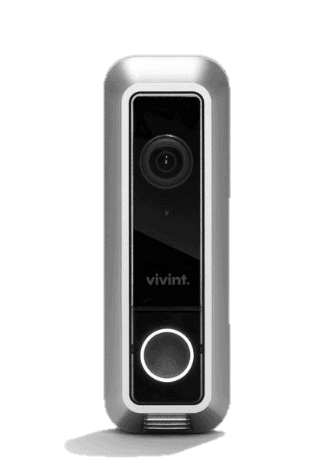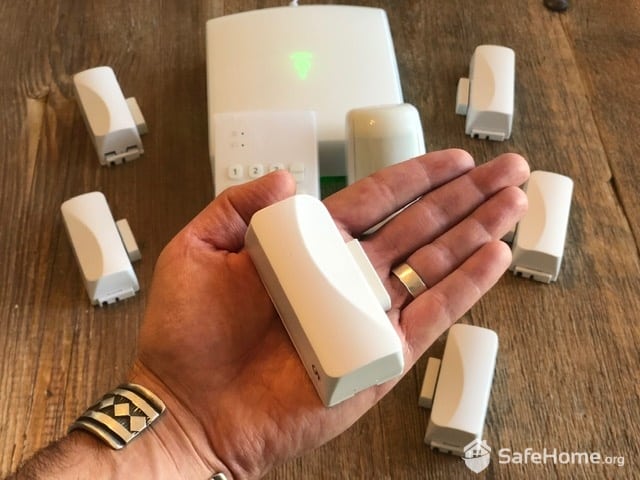Since man first built dwellings, the desire to protect the people and possessions inside of them has been innate. If you take that approach, you might think the first security system was Oog’s Giant Club™, developed around 2.2 million B.C.E.
We get that’s not really a satisfying answer, though. So let’s take a minute to learn more about the invention of the first-ever modern security system, and how that invention shaped the technologies we know today.
Ancient Security Technology
Arguably the most important element of a dwelling is the ability to keep things you want inside and the things you don’t want outside. That means one of the most crucial pieces of home security technology is the door lock.
Historians believe ancient Egyptians were the first to develop what we would know today as locks out of elaborate systems of wooden pins; these were then connected to bolts holding doors shut. A wooden “key” would be inserted into the bolt to lift the pins to certain heights for the bolt to move and the door to open.
FYI: While Egyptians had to unlock their front doors with sticks, today we can use touchpads and Wi-Fi. Isn’t technology grand? Check out our guide to buying Smart Locks for everything you need to know about this sleek tech.
The first all-metal locks are attributed to English craftsmen and were built around 900 A.D., but it wasn’t until the onset of the Industrial Revolution that the modern, standardized lever tumbler lock was invented by Robert Barron.
But home security systems go far beyond simple locks. How far back can we trace those?
The Origin of Home Security
The very first home security systems were comprised of elements including moats, drawbridges, guard animals, and well-placed mirrors. In some cases back in antiquity, geese were used to alert property owners to an intruder’s presence.
Modernizing things a little was Augustus Pope, the inventor of the first burglar alarm. Developed in 1918, the system used electromagnets to ring a bell when a window or door was opened. Although it didn’t automatically alert authorities, it was reasoned that the noise would drive the intruder away, or at least draw attention to the crime that was occurring.
FYI: Today you have a ton of options when it comes to selecting a home security system — so many, in fact, it might be tough to decide which one to go with. Don’t worry, though. We’ve broken down the best home security systems of 2025 to help you make your pick.
Pope’s system was slow to gain popularity, but after World War I, demand for home security took off. That said, the electromagnetic alarm system was pretty pricey. Those who couldn’t afford it had another option, though. They’d hire “door shakers” — watchmen who would come around at night to make sure subscribers’ doors were bolted shut.
So it’s clear that we’ve been attempting to keep the bad folks out of our houses for millennia, but what is a proper modern home security system? And when did those come about?
The First Modern Home Security System
Most historians agree that the modern home security system was invented by Marie Van Brittan Brown in the early 1960s.
Brown was born in Jamaica Queens, New York, in 1922. A nurse by trade, she was married to an electrician named Albert. Due to their careers, they kept irregular hours and weren’t always around to keep an eye on their property, and Marie was often home alone during the night.
Because of the high crime rate in the neighborhood and the slow police response times, Mary wanted a way to feel more secure in her home. She and her husband patented the system on August 1, 1966, under the name: “Home Security System Utilizing Television Surveillance.”
FYI: Security cameras are an important part of any security system. That was true in 1966, and it’s true today. If you’re interested in bolstering your security posture, check out our review of Lorex. They’re one of our favorite security camera manufacturers.
The system consisted of peepholes, a TV monitor, a two-way microphone, and a sliding camera. Using the monitor and the microphone, Marie could see who was at her door and interact with them from the safety of her home.
Over time, Brown expanded on her invention, eventually adding a remote control for her home’s lock as well as a one-touch button to alert authorities if she was in danger.
Reception and Evolution of Brown’s Invention
The system itself did not immediately take off in popularity because it was fairly expensive to implement, but businesses slowly caught on and as the technologies involved became more affordable, companies emerged selling the principles Brown had established.
Four days after the patent was granted in 1969, The New York Times ran an article on the invention, lauding its effectiveness and ingenuity. Brown was cited in at least 32 patent applications after her home security system was developed, and she was eventually recognized with an award from the National Scientists Committee for her contributions. She went on to patent a handful of other inventions before her death in 1999.
So most experts would agree Brown developed the first individual home security system. But what about the first commercial security network?
Modern Security Networks
In 1874, American District Telegraph (ADT) founder Edward Callahan created a “call box” based on the telegraph system for homeowners to signal for assistance to a central office. The network consisted of 50 homes across Baltimore at first but quickly grew over time.
From 1890 to 1920, ADT employed “roundsmen” to check up on homes within the network to help prevent crime and squash suspicious activity. Similar to a neighborhood watch, the roundsmen were charged with preventing crime before it happened.
Home Security in the Modern Age
Up until very recently, home security systems had to be hardwired into your power and data lines. Great for reliability, but not so great when you consider all a thief had to do to disable your system was buy a pair of wire cutters.
That’s why more home security providers and equipment manufacturers are relying on Wi-Fi and cellular signals to transmit data. Not only are these systems much harder to disable (especially cellular systems), they also allow for a lot of interesting features like livestreaming video feeds to your smart devices and full home security automation.
These advancements have also made it possible for individual consumers to take control of their security needs, rather than relying on massive companies’ one-size-fits-all approaches. For more information on that, check out our guide to the best DIY home security systems.
The Future of Home Security
Security systems have certainly come a long way from the days of relying on geese to squawk when an intruder is afoot. As technology progresses at an exponential rate, the future of home security is looking more Jetsons than Flintstones.
One potential future is that home security systems will start relying less on video recording and monitoring, and more on Wi-Fi sensing technology. Some sensors on the market today can detect movement by monitoring Wi-Fi waves in a home, essentially “seeing” through walls without any blind spots.
And that’s not to mention indoor drone cameras, like the Ring camera slated to release this year, as well as heat-sensing cameras, facial recognition features, property perimeter alerts, and the list goes on.
Regardless of what the future holds, it’s clear consumers’ interest in home security is growing. Analysts predict the global home security market will be worth over $75 billion by 2023. If you’re looking to keep yourself and your home safe, there’s no better starting point than here at SafeHome, and more specifically, our home security buyer’s guide.





